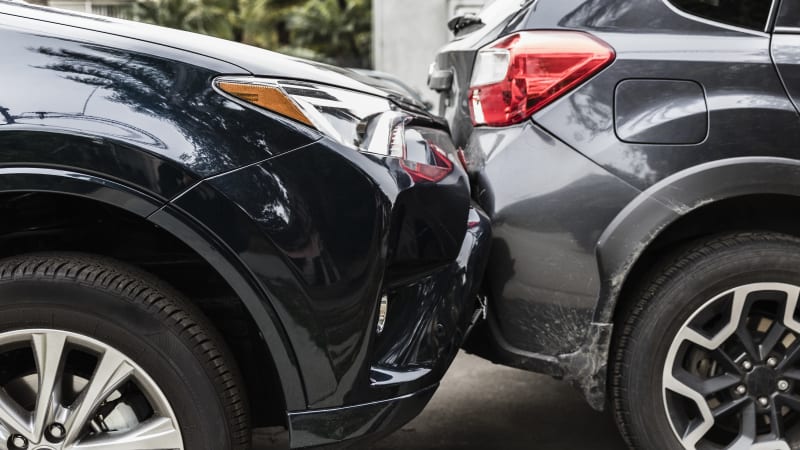
A new form of sticker shock has hit American car buyers like Darin Davis.
In January, when the 56-year-old Dallas real estate agent renewed the insurance on the pearly-white 2024 Cadillac XT4 that he bought just a few months earlier, the rate nearly doubled.
“It takes the fun out of owning a new car when you’re paying so much money,” said Davis, adding that if he’d known such a massive increase was coming, he might have opted for a less expensive model. But by then it was too late.
In one of the cruel twists of an inflation-weary U.S. economy, car prices are coming down after surging by record amounts during the COVID-19 pandemic. But at least part of those gains for consumers are getting gobbled up by rising auto insurance rates that for some models now account for more than a quarter of the total cost of owning a vehicle.
Car prices have eased as the supply chain snarls of the pandemic — especially shortages of vital computer chips — have untangled and automakers boost inventories on their lots. Meanwhile, factors including rising costs associated with repairing
And car buyers aren’t the only ones with an axe to grind over insurance inflation. For Federal Reserve policymakers working to lower inflation overall, it’s an example of the unwelcome surprises that have conspired to slow their progress.
Hurting affordability
The Consumer Price Index rose 3.5% last month from a year earlier, according to the Labor Department. But auto insurance costs were up 22.2% over the same period, the biggest increase since the 1970s.
Car prices, meanwhile, continued to moderate. New vehicle prices declined 0.1%, compared to a year earlier, while used prices slipped 2.2%. Car dealers are offer ing more incentives to buyers, which helps bring down up-front costs. The degree to which insurance rates are weighing on buying decisions is unclear, but there are signs it’s become a bigger factor, especially for consumers on tight budgets.